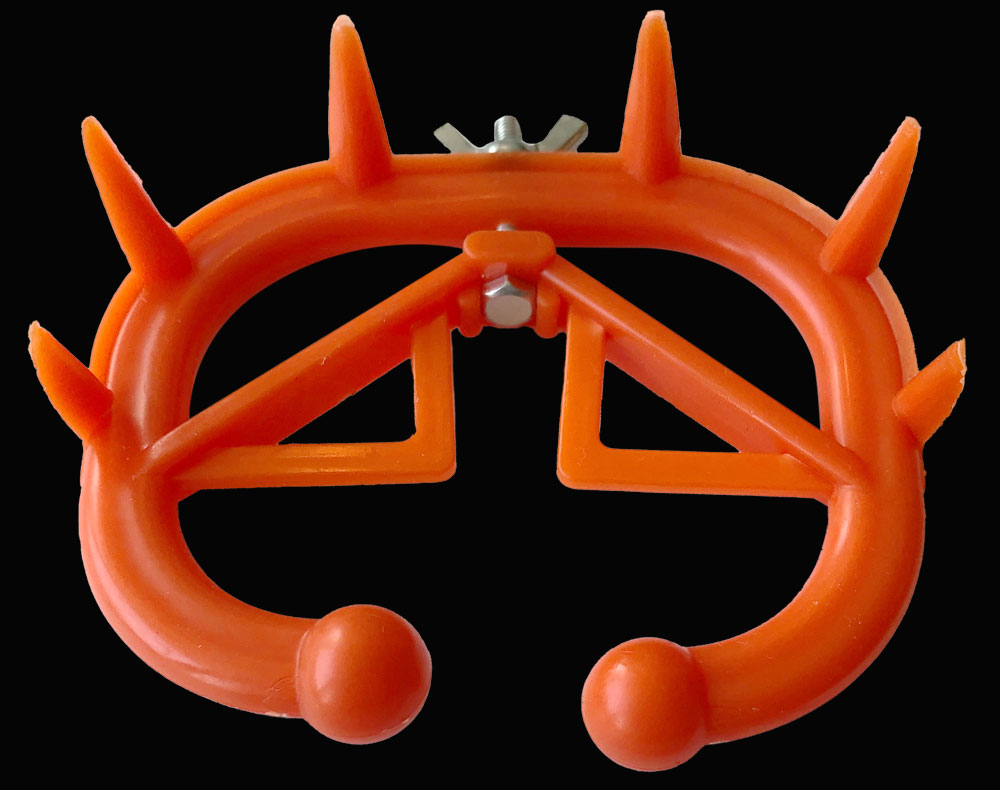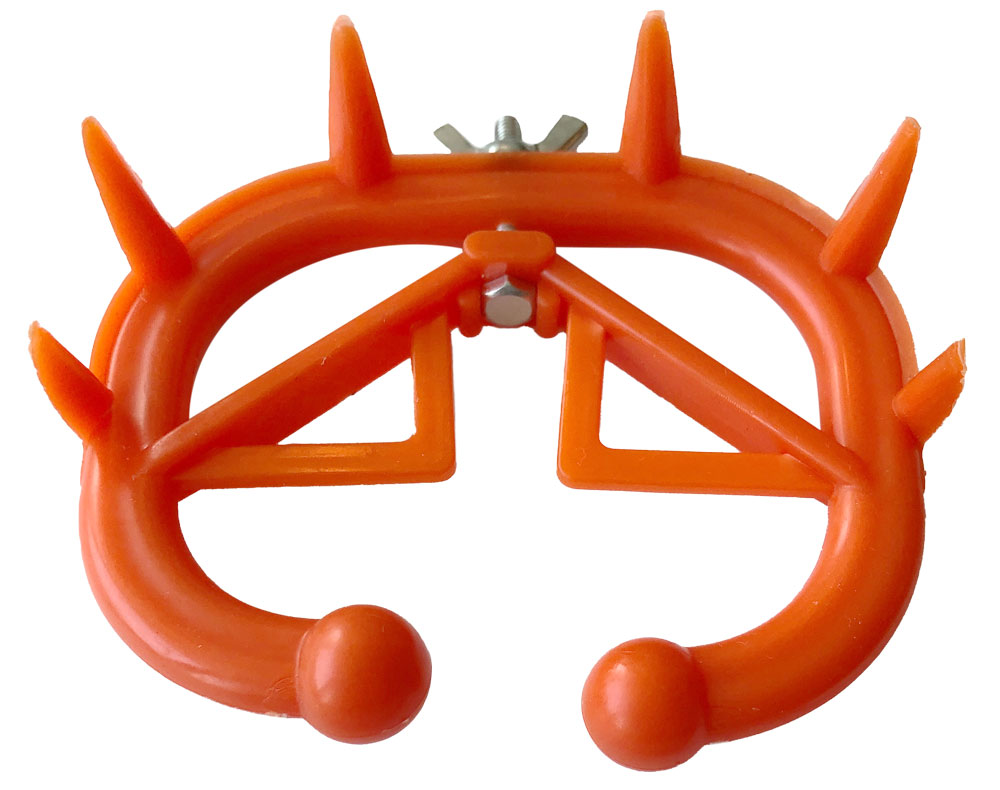Additional information
The calf weaner, or anti-suckling device, is a pain compliance technology used to suppress or extinguish the behaviour of suckling in young bovine calves.
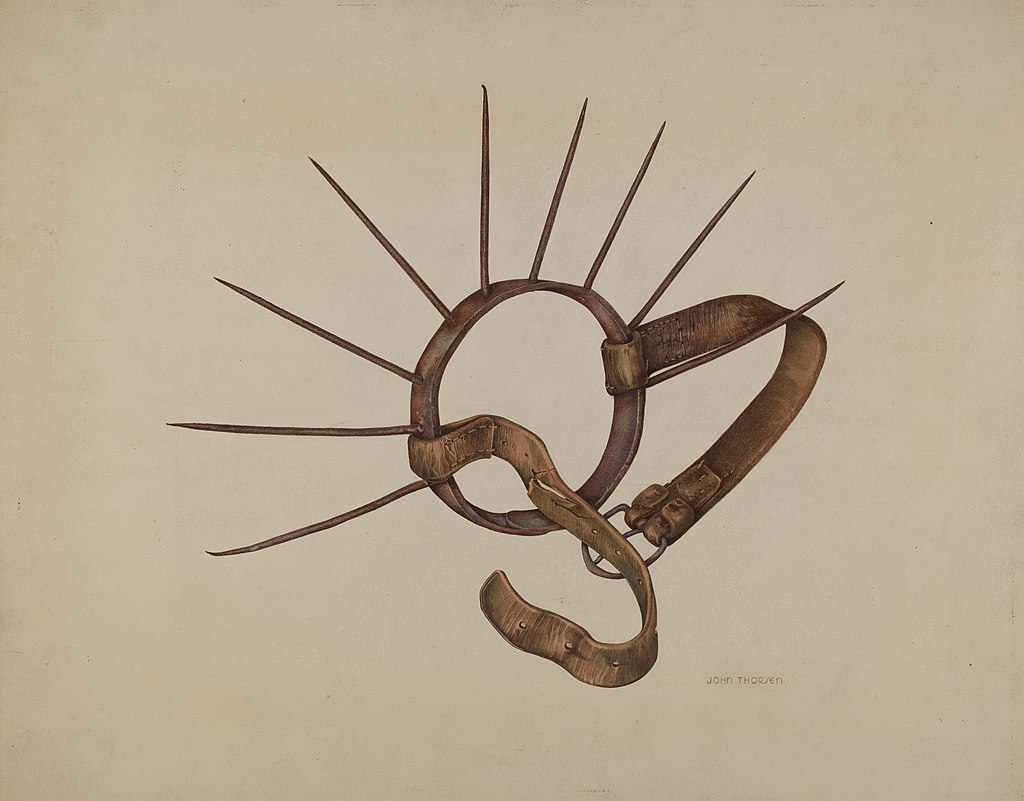
Calf weaners are made of various materials such as plastic, aluminium, or steel. Earlier versions of this device were sometimes made of cast iron. These devices are clamped to the nostrils of calves. They are equipped with spikes or protrusions facing outwards, away from the calf, and/or barbs directed toward the calf. Some calf-weaners consist of a simple flat plate. Humans have created many iterations of the calf-weaning device but they all function on the same basic principle. When a calf is made to wear a calf-weaning device, his attempts to nurse will be obstructed and/or inflict pain to his mother and/or to himself and will often result in rejection by the mother.
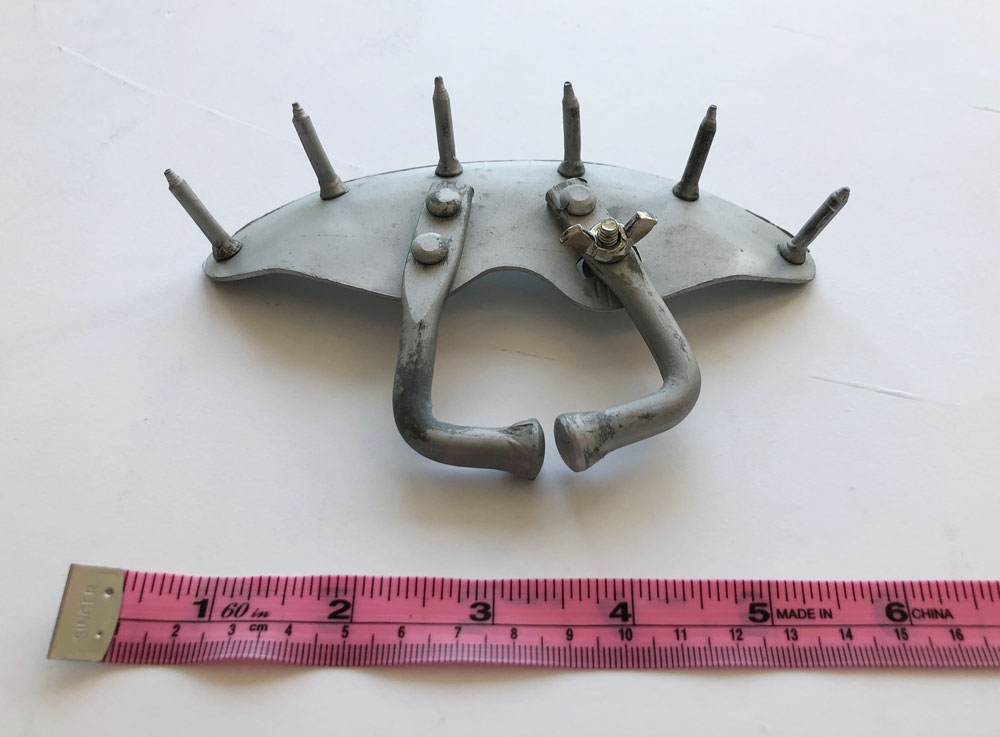
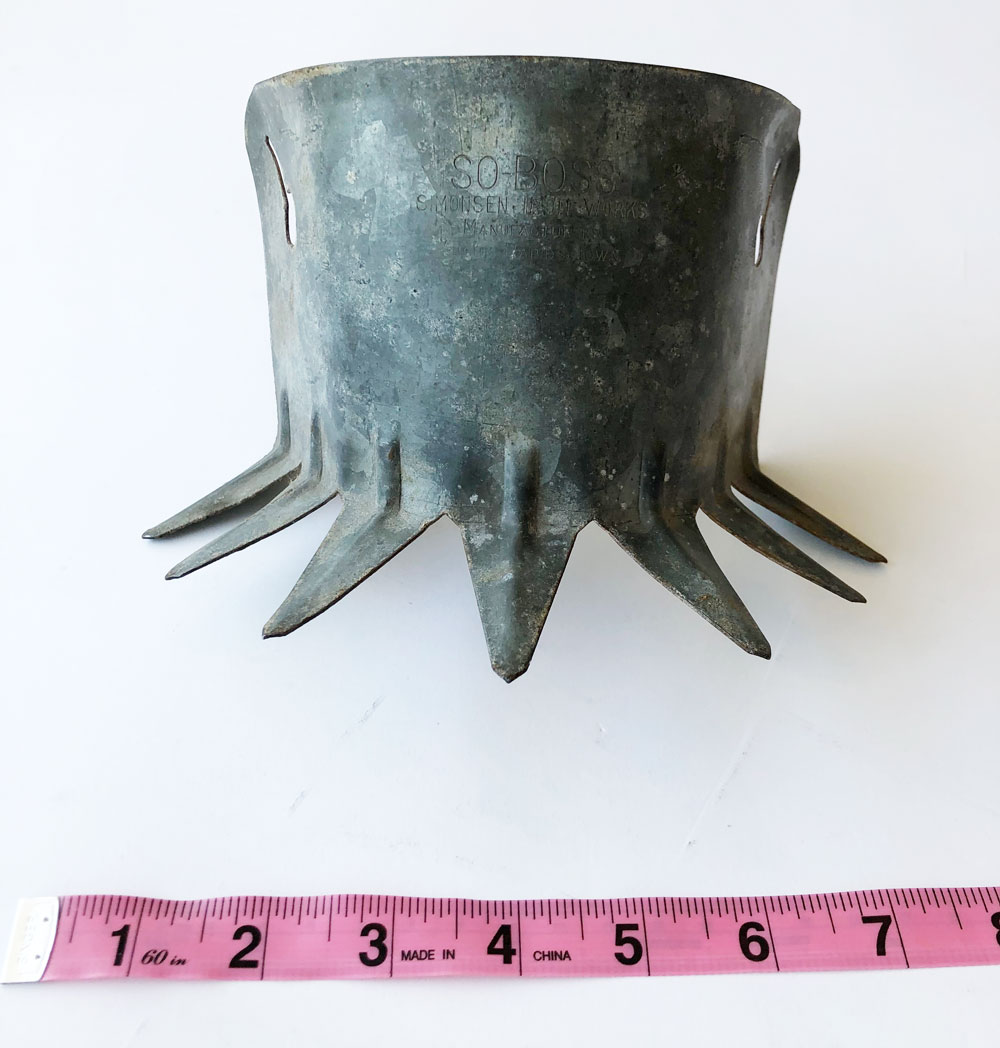
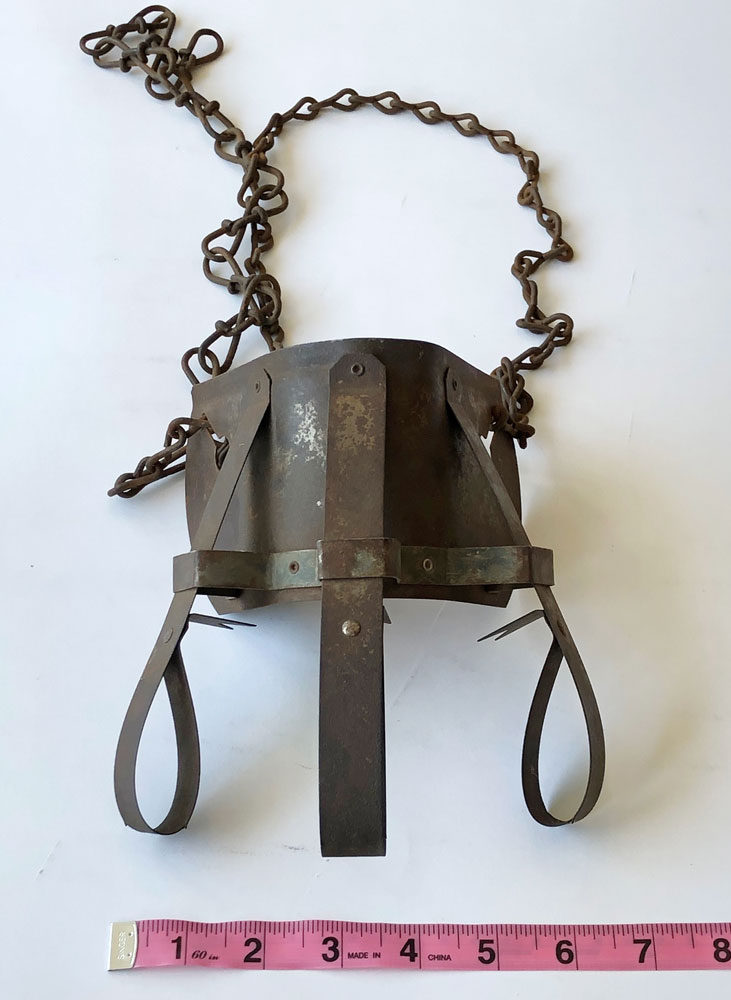
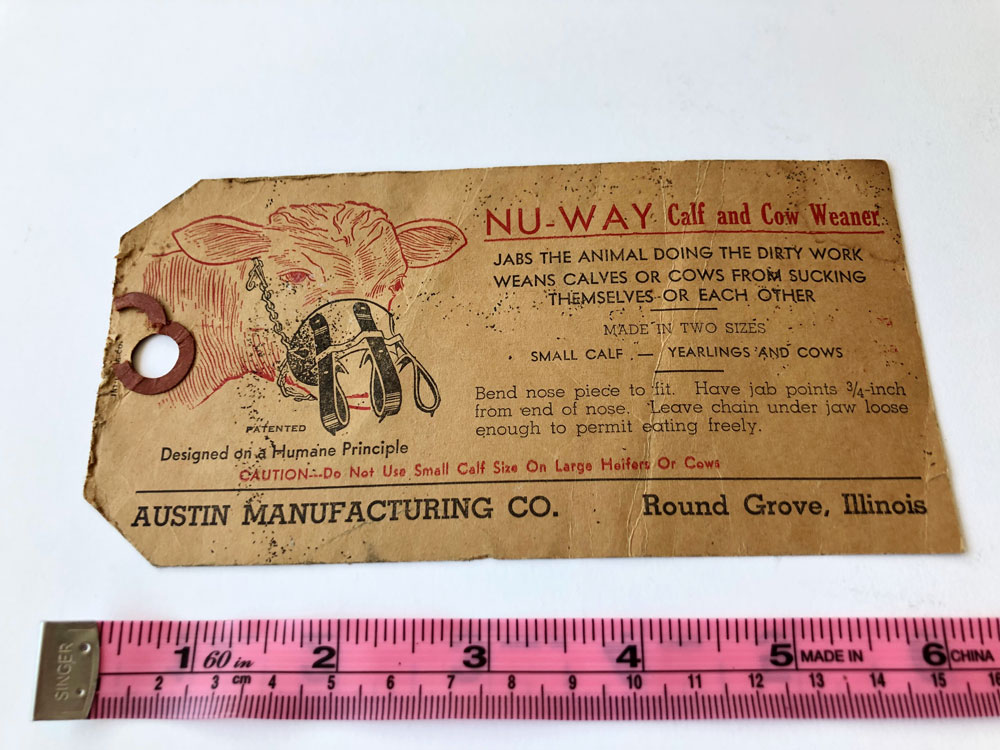
Suckling is the foundation for the formation of the maternal-infant bond between mammalian mothers and their offspring and serves as the mechanism by which mammalian young receive the nutritive, sensual, and emotional nourishment they need to survive. This primal adaptation, evolved over thousands of years, is what defines mammals such as bovines and humans as part of the class of beings known as mammalia, or those who “suckle their young by means of lactiferous teats,” or simply, those “of the breast.” Anti-suckling devices used in human systems of animal extraction effectively turn this vital mechanism for mammalian nurture and comfort into a source of pain and rejection.
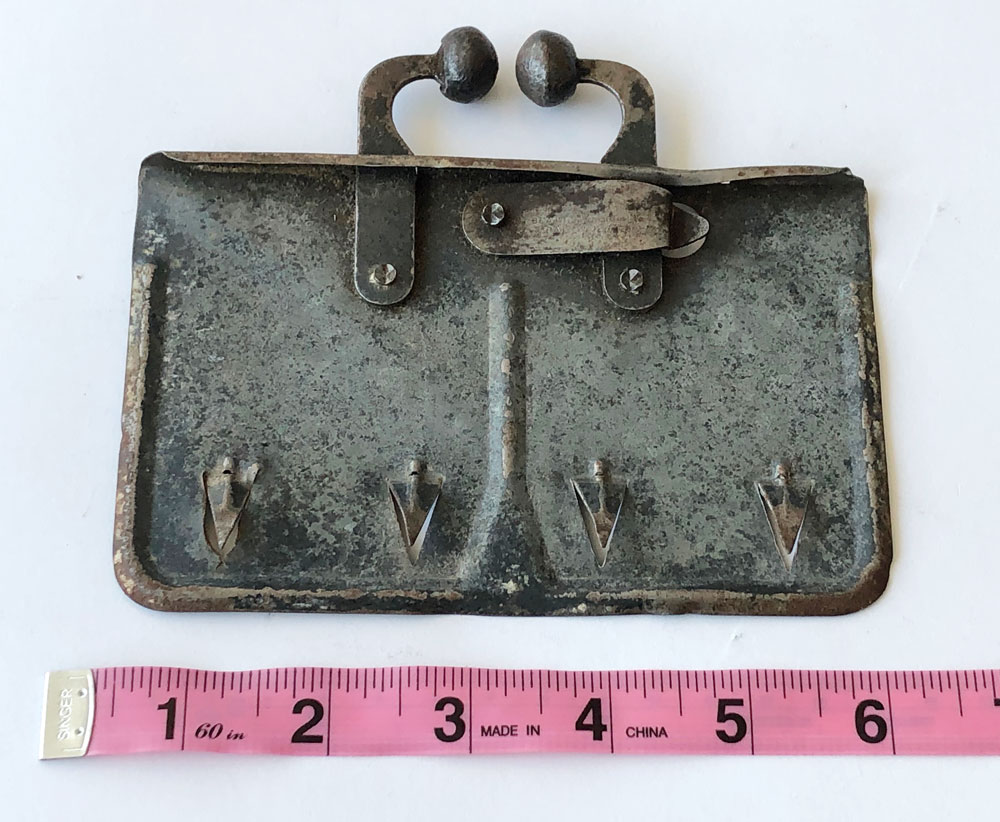
Calf weaners are used by humans to minimize the stress and disruption caused when they physically remove calves from their mothers. These devices allow humans to wean calves from their reliance on their mother’s milk before the mother-baby dyad are physically separated. This technique, which is sometimes referred to as two-step weaning, or fence-line weaning, allows mothers and calves to be in physical proximity while they adjust to the termination of nursing/suckling. Bovine producers report that this method reduces “bawling” by the calves and their mothers and broken fences caused by mothers and calves trying to get back to each other when separated (referred to as “reinstatement” seeking acts by animal extraction scientists). For this reason, producers regard nose-tag weaning as a more “humane” method of mother-offspring severance compared to the mainstream practice of “abrupt” separation while calves are still suckling
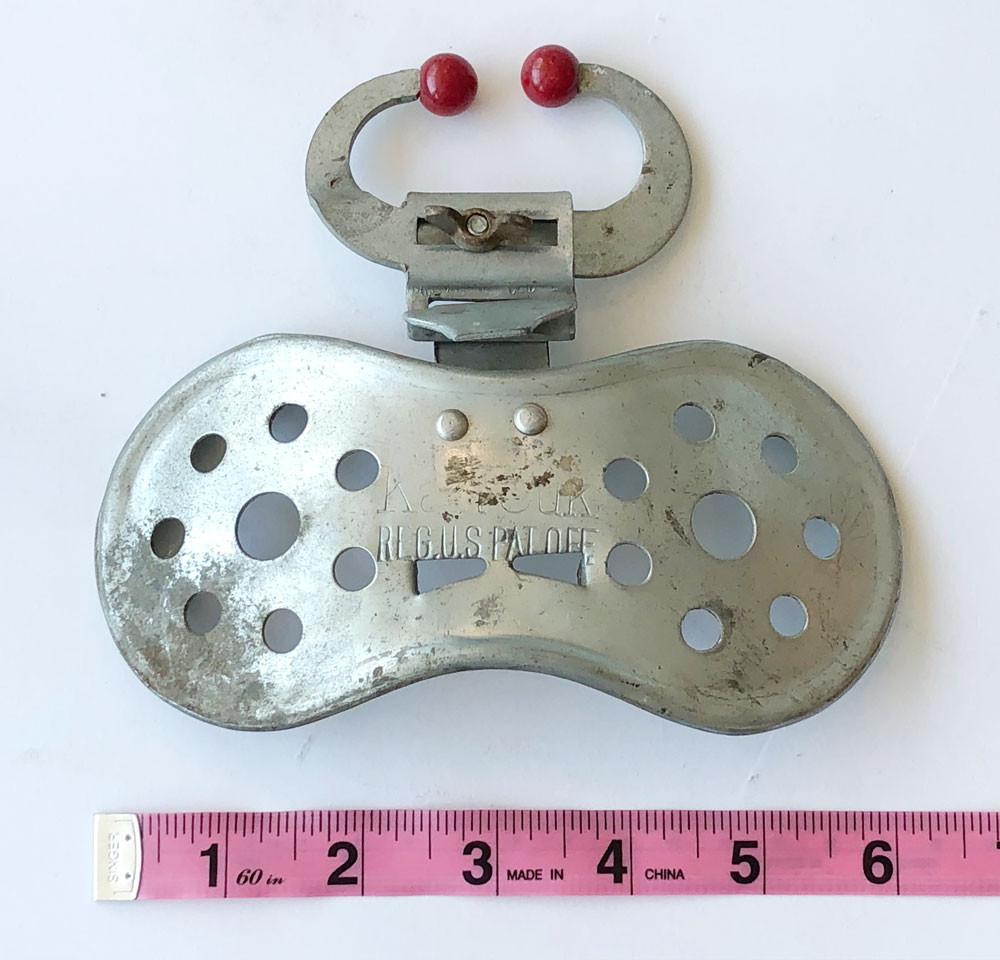
This two step method of severance is not generally utilized in milk extraction operations because calves in these operations are not typically allowed to nurse from their mothers in the first place. Almost all newborn offspring in milk extraction operations are removed from their mothers within 14 hours of birth and fed artificially with milk replacer or “waste milk” from animals under pharmaceutical treatment whose milk cannot be sold for human consumption. In milk extraction operations, immediate separation is practiced not only because the mother must be returned to the “milk string” (being milked) as soon as possible but because producers believe that prolonging mother-calf contact increases the “behavioural response” to separation.
The use of anti-suckling devices as a part of two-step weaning is a more typically utilized in bovine carcass extraction operations where mothers are relied upon to raise their offspring until they are around 6 to 7 months of age before calves are sold on through the chain of production.
